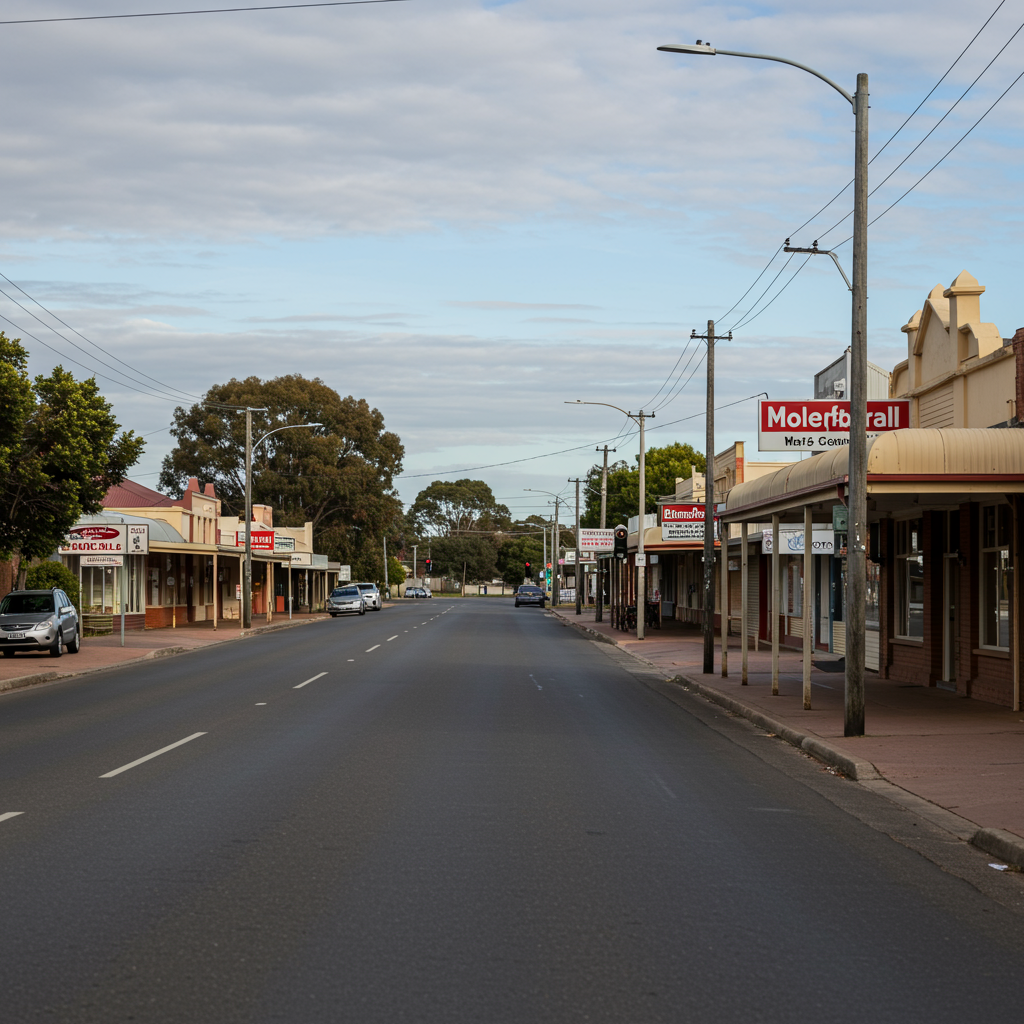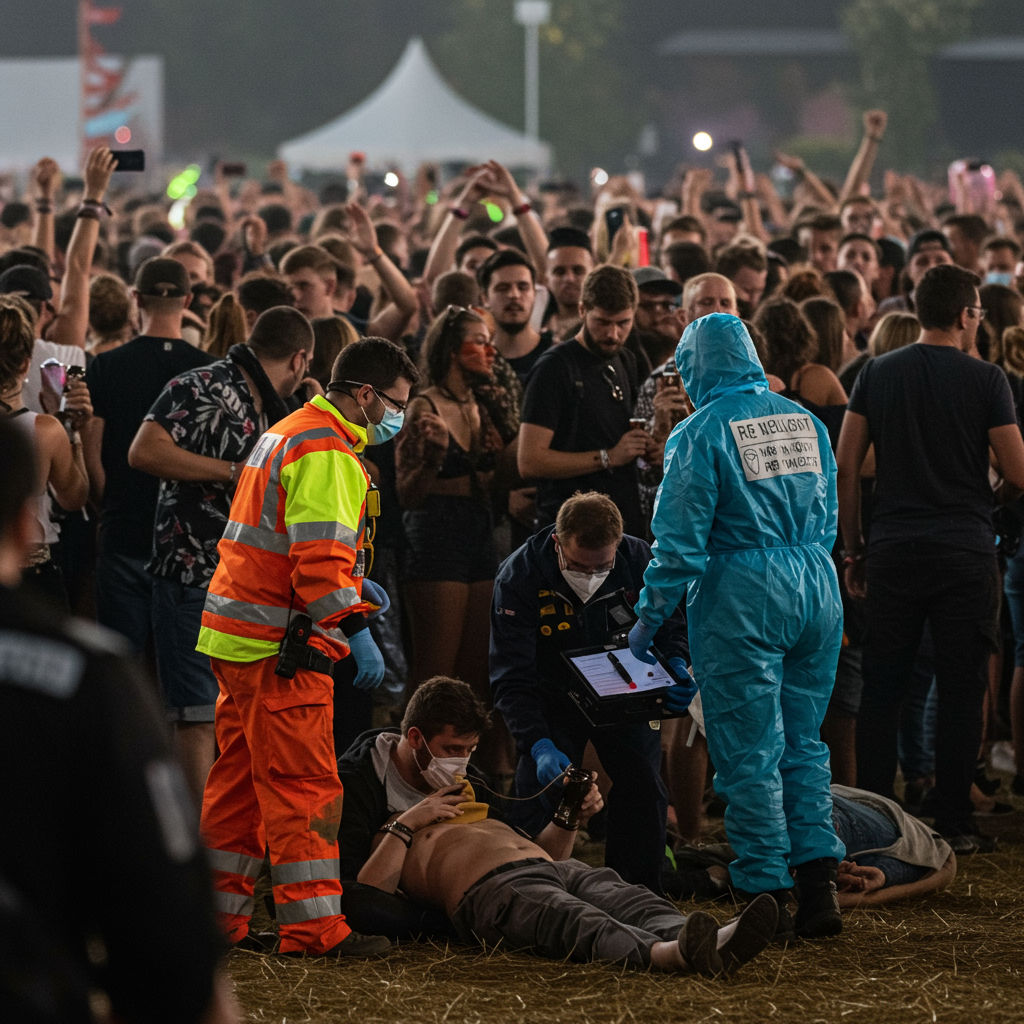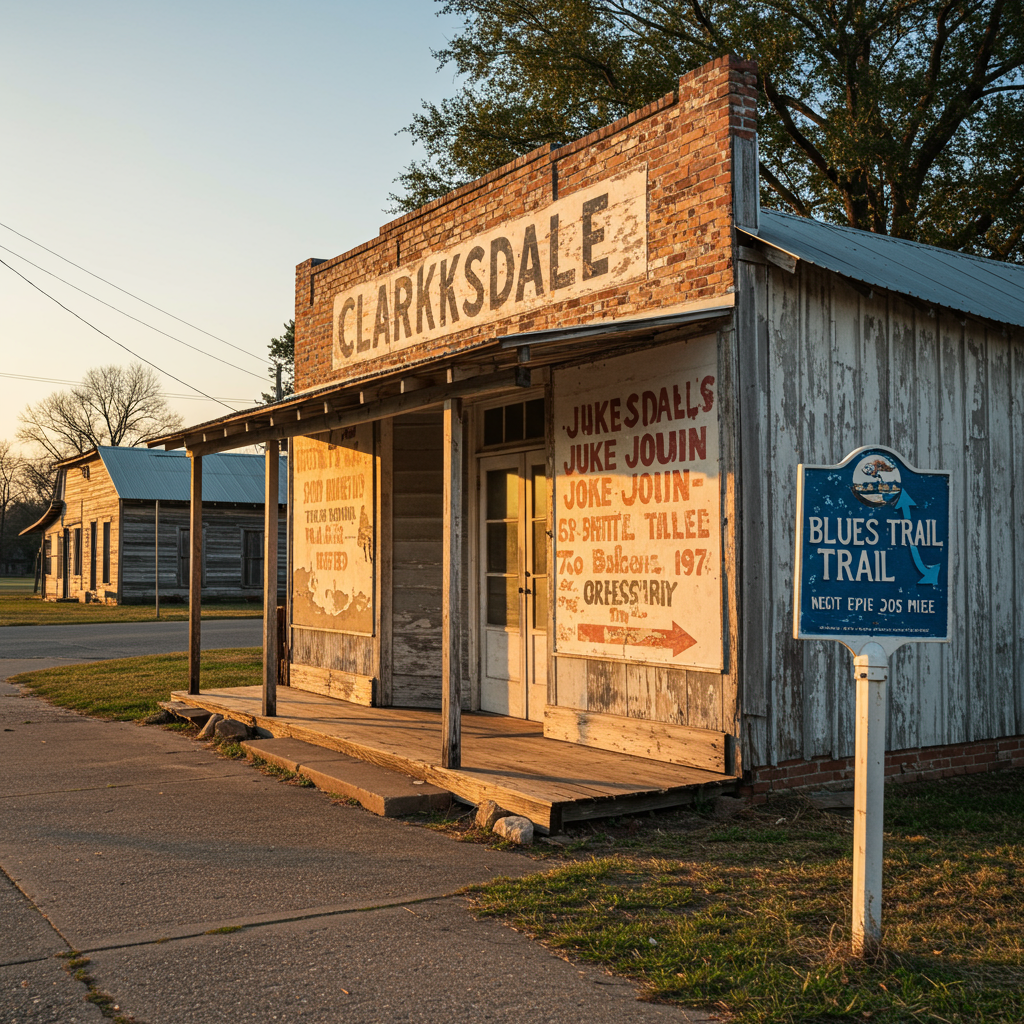The quiet charm of Victoria’s Gippsland region often feels worlds away from the bustling headlines that dominate news cycles. Yet, for the residents of several small towns nestled among rolling hills, a tragic event transformed their peaceful lives into the subject of intense global scrutiny. Following a family lunch that turned deadly, resulting in a high-profile trial and a guilty verdict, communities like Korumburra and Morwell are grappling with profound loss, unwanted attention, and the long shadow cast by what has become known as the “mushroom murders.” This wasn’t just a news story; it was a trauma that struck at the heart of tight-knit communities, leaving many seeking closure amidst the glare of public interest.
Guilty Verdict Delivered in Tragic Case
On a chilling day in July 2023, a family gathering at a home in Leongatha took a fatal turn. The lunch included three former in-laws – Don patterson, 70, Gail Patterson, 70, and Gail’s sister, Heather Wilkinson, 66. Heather’s husband, Ian Wilkinson, a local pastor, also attended. Tragically, three of the guests died in the days that followed after consuming a meal containing lethal death cap mushrooms. Only Ian Wilkinson survived, facing a lengthy hospital stay and a liver transplant.
The woman who hosted the lunch, Erin Patterson, 50, was charged in connection with the deaths. After a ten-week trial held in Morwell, a jury delivered a verdict on Monday, finding her guilty of three counts of murder and one count of attempted murder. The trial drew significant national and international attention, dissecting the events of that day and the circumstances surrounding the fatal meal.
Korumburra Bears the Brunt of Grief
Korumburra, a town of around 5,000 people in South Gippsland, became the focal point of the tragedy. All three victims called Korumburra home. Don and Gail Patterson had been pillars of the community since moving there in 1984, raising their four children in the town. Don was a beloved former school teacher, remembered fondly by many residents he had taught over the years. Both Gail and her sister Heather were widely known for their kindness and generosity, deeply integrated into the local social fabric.
The local Baptist church, where Ian Wilkinson serves as pastor, felt the loss profoundly. A statement pinned to the church noticeboard paid tribute to the trio, describing them as “very special people who loved God and loved to bless others.” The statement conveyed the deep sense of absence felt by parishioners and friends, whether they had known the victims for a short time or decades.
The mood in Korumburra remains noticeably subdued. Cattle farmer and shire councillor Nathan Hersey described the atmosphere as plainly gloomy, overshadowed by the events and the subsequent trial. He noted that the intense public and media attention significantly complicated the grieving process for many in the town.
Navigating Grief Under the Spotlight
Locals are fiercely loyal and generally reluctant to discuss the case openly. They express a strong desire to return to normalcy after what has been a difficult period spanning almost two years since the incident. Mr. Hersey explained that Korumburra is a place where people are quickly embraced and made to feel part of the community, highlighting the irony that the very people who helped build this welcoming environment were lost in the tragedy.
He acknowledged the difficulty of grieving in the glare of such intense scrutiny. “It’s not an easy thing to go through a grieving process,” he told the BBC, especially when it attracts so much attention. The verdict, for many, represents an opportunity for some measure of closure after the protracted legal process.
However, the global fascination with the case has also had a jarring effect. For some residents, the deeply personal tragedy has been reduced to something akin to “pop culture” in the wider public consciousness. This stark contrast between the sensationalized narrative and the raw grief experienced locally has shaken the faith of some in the community.
Evidence Links Case to Nearby Towns
The impact of the case wasn’t confined solely to Korumburra. This rural corner of Victoria is dotted with small towns connected by close social ties. The legal proceedings brought unwelcome attention to these neighboring areas as well, particularly concerning evidence presented during the trial.
The prosecution alleged that the deadly death cap mushrooms used in the meal might have been foraged from specific locations in nearby towns. Evidence included sightings of death cap mushrooms posted on iNaturalist, a citizen science website, shortly before the lunch. Cell phone tracking data reportedly showed Erin Patterson travelling to areas where these sightings were logged, and she purchased a food dehydrator on her return journey. Images recovered from her phone depicted what appeared to be death cap mushrooms on weighing scales.
Authorities later located a food dehydrator, which Erin Patterson admitted discarding at a local dump days after the incident. This appliance was found to contain traces of poisonous mushrooms, linking it directly to the meal’s preparation. CCTV footage also captured her disposing of the unit.
Outtrim and Leongatha Face Intrusion
In Outtrim, a small hamlet not far from Korumburra, residents of Neilson Street were particularly affected by the prosecution’s claim that death cap mushrooms might have been foraged from gardens along their unassuming gravel road. Ian Thoms, who lives on Neilson Street, described how “everyone knows somebody who has been affected by this case,” illustrating the interconnectedness. He cited his own connections to people involved, including his son, a police detective, his wife who works with the survivor’s daughter, and a neighbor who is friends with the mushroom expert called by the prosecution.
A short drive away in Leongatha sits Erin Patterson’s home on a quiet, unpaved lane. She had built the house with an inheritance, seemingly intending it as a permanent home. It has remained empty for about 18 months, guarded by a “keep out” sign. The property has become an unfortunate attraction, drawing “gawkers” who drive down the lane to view the site of the tragedy. One neighbor even reported seeing what looked like a tour bus.
While some neighbors express a natural sense of intrigue given the circumstances, there is also significant weariness from the constant intrusion. Locals like Emma Buckland and Gabrielle Stefani found the events bizarre, stating that nothing like it had ever happened in the area before. They also noted the irony, given that people who grow up on farms in the region are typically taught from a young age how to distinguish between edible and poisonous mushroom varieties commonly found in the area.
Morwell Thrust into the Spotlight
The town that arguably felt the most direct impact from the trial itself was Morwell. Located about a 15-minute drive from Leongatha, Morwell serves as the administrative capital of the City of Latrobe and was the venue for the extensive court proceedings.
Local journalist Liam Durkin noted how Morwell, typically a “pretty sleepy town,” came “to life” during the trial. For weeks, the town hosted lawyers, media, witnesses, and members of the public following the case. Durkin, who edits the local Latrobe Valley Express, recounted listening to detailed testimony from experts, including mycologists. He felt it was a unique event for Morwell, likely unprecedented and potentially never to be repeated.
While not geographically isolated by vast Australian distances (it’s about a two-hour drive from Melbourne), Morwell often feels disconnected and overlooked. The town has faced significant economic challenges in recent years, including the closure of Australia’s last white paper mill and the shutdown of a nearby power station, resulting in job losses and residents moving away in search of work.
Being suddenly thrust into the national and international spotlight due to the trial felt bizarre to some residents. Businesses near the courthouse saw an unusual boost. Laura Heller, who works at a coffee shop opposite the police station and court, saw her daily coffee count nearly double during the trial. However, she noted that the case also seemed to revive existing community divisions and long-held feelings about the police and justice systems. Used to dealing with different types of crime, such as drugs and youth offending, the town found itself navigating complex legal arguments and evidence, highlighting underlying tensions regarding trust in local authorities for some residents.
Seeking Healing After a Community Trauma
The guilty verdict marks the end of the legal chapter, but the emotional recovery for the affected communities will be a long process. The contrast between the intense public fascination, which at times felt like morbid curiosity, and the deep, personal grief experienced by those who knew the victims remains stark. For many in Korumburra, the global narrative that reduced the tragedy to a sensational headline ignored the fact that three well-loved people were lost, leaving a permanent void.
Nathan Hersey emphasized the desire for the communities to move forward and heal. While the past two years have presented immense challenges, he believes they have also showcased the strength and resilience of the local people. The hope is for the communities to be remembered not for the horrific crime that occurred but for their ability to support one another through unimaginable hardship. The verdict may offer a path towards closure, allowing residents to begin rebuilding and remembering their neighbors not as victims in a famous case, but as the kind, generous, and vital members of the community they truly were.
Frequently Asked Questions
What happened in the Erin Patterson mushroom murder case?
The case involved a family lunch on July 29, 2023, in Leongatha, Victoria, where guests were served a meal containing toxic death cap mushrooms. Three guests – Don Patterson, Gail Patterson, and Heather Wilkinson – died after eating the meal. A fourth guest, Ian Wilkinson, survived but required significant medical treatment. The host, Erin Patterson, was found guilty by a jury of three counts of murder and one count of attempted murder following a trial in Morwell, Victoria.
How did investigators link Erin Patterson to the fatal mushrooms?
Evidence presented during the trial included leftovers from the meal containing death cap mushroom traces. The prosecution alleged Erin Patterson intentionally sourced the fungi, citing phone data showing travel to areas where death cap mushrooms had been sighted on the citizen science website iNaturalist. Authorities also found a food dehydrator, which Erin Patterson admitted discarding after the lunch, containing traces of poisonous mushrooms.
How did the mushroom murders case affect the local towns in Victoria?
The case had a significant and varied impact on several small towns. Korumburra, where the victims lived, experienced profound grief and found it difficult to mourn privately due to intense media attention. Outtrim was affected by claims that mushrooms might have been foraged there. Leongatha, where Erin Patterson’s home is located, saw an influx of unwanted visitors and “gawkers.” Morwell, the location of the trial, saw its typically quiet atmosphere disrupted but also experienced a temporary boost for some local businesses, while the proceedings highlighted existing community divisions regarding trust in authority.



